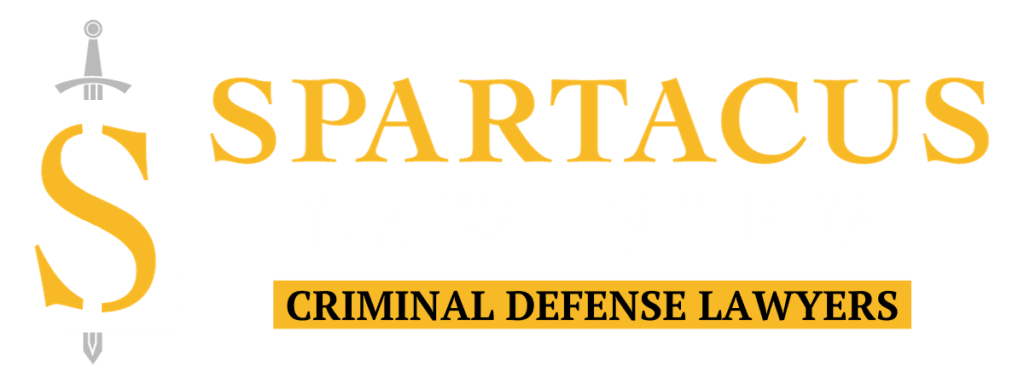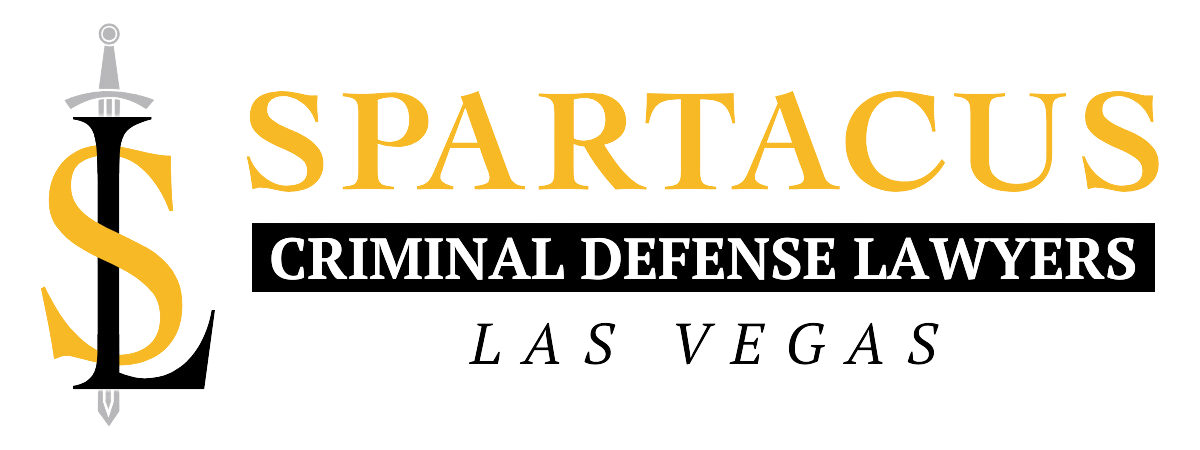The DEA Puts Pharmacies On Notice
The Drug Enforcement Agency (DEA) has sent out a reminder notice that printed prescriptions are required to be manually signed by the prescriber in Pharmacists Are Liable For Unsigned Prescriptions.
DEA registered prescribers and registered pharmacies are noticed that all paper prescriptions must be manually signed by the prescriber. This mandate applies equally to prescriptions created on paper and prescriptions generated by computer. This also includes a prescription application that is printed out or faxed by a practitioner.
The DEA also sent out a reminder about the collateral responsibility of pharmacists, “the responsibility for the proper prescribing and dispensing of controlled substances is upon the prescribing practitioner, but a corresponding responsibility rests with the pharmacist who fills the prescription.”
You can read the verbatim notice from the DEA here: in Pharmacists Are Liable For Unsigned Prescriptions
Dear Registrant: DEA wishes to remind registrants that paper prescriptions, including prescriptions created on paper and prescriptions generated by computer or a prescription application that are printed out or faxed by a practitioner, must be manually signed by the prescribing practitioner.
The Controlled Substances Act (CSA) and its implementing regulations specify the requirements for issuing and filling prescriptions for controlled substances. By statutory requirement, a valid prescription issued by a DEA-registered practitioner (or a practitioner exempt from the requirement of registration) is required for dispensing a controlled substance, unless the controlled substance is dispensed directly by a practitioner. 21 U.S.C. 829; 21 CFR 1306.11.
The CSA provides that a pharmacist may dispense schedule III and IV controlled substances pursuant to a “written or oral prescription.” 21 U.S.C. 829(b). DEA regulations further specify that a pharmacist may dispense a controlled substance listed in schedule III, IV, or V pursuant to “either a paper prescription signed by a practitioner [or] a facsimile of a signed paper prescription transmitted by the practitioner or the practitioner’s agent . . . .” 21 CFR 1306.21(a). With respect to paper prescriptions for controlled substances in any schedule, DEA regulations provide that a “computer-generated prescription that is printed out or faxed by the practitioner must be manually signed.” 21 CFR 1306.05(d). Controlled substances in schedules III, IV, and V may also be dispensed by a pharmacist pursuant to “an oral prescription made by an individual practitioner and promptly reduced to writing by the pharmacist containing all information required [for a valid prescription] in § 1306.05(a), except for the signature of the practitioner.” 21 CFR 1306.21(a).
In addition, DEA regulations permit a practitioner to issue, and a pharmacy to process, electronic prescriptions for controlled substances in schedules II-V provided that the requirements in part 1311 are met. 21 CFR 1306.08, 1306.05(e), and 1311.100(b),(e).
Because schedule II controlled substances have a higher potential for abuse and a greater likelihood of dependence compared to those in schedules III-V, the CSA’s controls on schedule II controlled substances are more restrictive. Therefore, the CSA and DEA regulations permit a schedule II controlled substance to be dispensed only pursuant to a written prescription signed by the practitioner, except in emergency situations when dispensing pursuant to an oral prescription is permitted. 21 U.S.C. 829(a); 21 CFR 1306.11(a),(d). 1 DEA regulations further provide that a paper prescription for a controlled substance in schedule II “may be transmitted by the practitioner or the practitioner’s agent to a pharmacy via facsimile equipment, provided that the original manually signed prescription is presented to the pharmacist for review prior to the actual dispensing of the controlled substance . . . .” 21 CFR 1306.11(a). Certain limited exceptions apply to prescriptions for narcotic substances to be compounded for direct administration to a patient and to prescriptions for residents of long-term care facilities and patients in certain hospice care programs. 21 C.F.R. 1306.11(e)-(g). However, in most cases, a pharmacist must receive the original, manually signed paper prescription or an electronic prescription meeting the requirements of part 1311 prior to dispensing a schedule II controlled substance.
What Pharmacists Need To Know About Paper Prescriptions in Pharmacists Are Liable For Unsigned Prescriptions
In sum, DEA wishes to reiterate that paper prescriptions, including prescriptions created on paper and prescriptions generated by computer or a prescription application that is printed out or faxed, must be manually signed by the practitioner. This includes prescriptions faxed via computer or a prescription application that does not meet the requirements for electronic prescriptions in part 1311. Further, registrants are reminded that “the responsibility for the proper prescribing and dispensing of controlled substances is upon the prescribing practitioner, but a corresponding responsibility rests with the pharmacist who fills the prescription.” 21 CFR 1306.04(a).
We hope this information is helpful. For information regarding DEA’s Diversion Control Division, please visit www.DEAdiversion.usdoj.gov. Please contact the Diversion Control Division, Policy Section at (571) 362-3260 for further questions.






